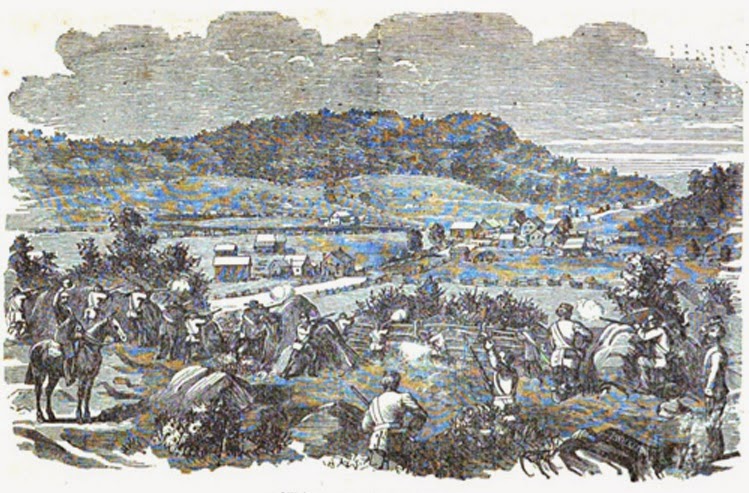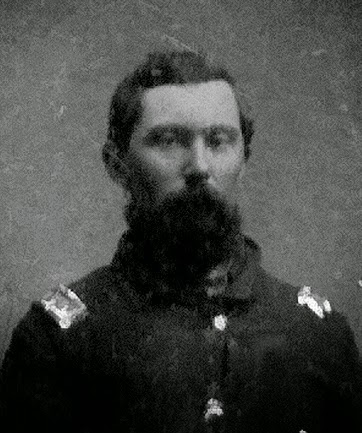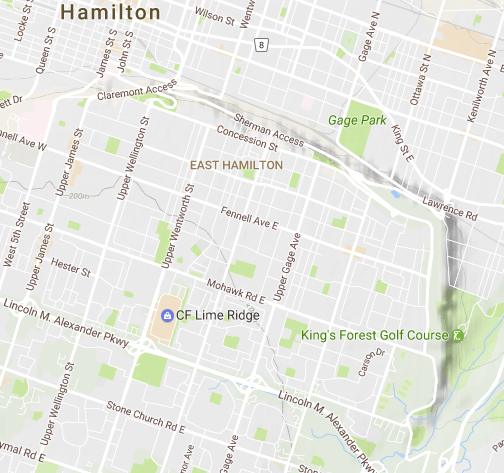Just for the purposes of this TL I have done a quick tabulation of weapons available to the Union come the declaration of war in February 1862.
There were on hand in 1861 some 452,936 weapons directly available[1] to the forces mustering in the theaters on the East Coast according to the Union records. Using
Executive Document 99[2] we have a rough idea of when weapons were arriving to the Union. Now taking into account those on hand and those purchased between the outbreak of war, plus domestic production, we can see exactly how many weapons are arriving to the Union by the time of the outbreak of war.
In doing this calculation I have purposely excluded any British weapons after November 1861, but even without British weapons we arrive at a hefty number of arms in Union hands by February.
With all the imports available and domestic production up to this time, the Union has (inclusive of weapons on hand in April 1861) some 991,759 muskets and rifles as of February 1862 when war breaks out in TTL.
However, for fairness sake we can also remove the 450,000 on hand in April 1861, and we arrive at 538,823 weapons imported/produced between the outbreak of war with the Confederacy and the outbreak of hostilities with Britain in TTL. That means, that the maintenance of the historic troop levels by the Union come January 1861, is plausible by any margin. When given wiggle room for weapons smuggling in the months where the blockade is weakest from March-May 1862 the number could very well rise to over 700,000[3].
As a note none of this requires raiding any of the existing state arsenals.
The short purpose of this tabulation is merely to illustrate that the Union in this scenario will not be wanting for arms upon the outbreak of war, and would have enough on hand to prosecute the war effectively throughout the spring campaign season. This is just a look at a known variable to the reader before I introduce my assumptions for much of the TL forward.
----
1] This is assuming some 40,000 weapons were shipped East from California, as there are 54,000 weapons in state before the war, but I have found reference to only 10,000 in the arsenal after the outbreak of war so this is my assumption, but I'm open to being proven wrong.
2] For convenience sake a link to the tabulations by robcraufurd.
3] This assumes a 50% success rate for blockade running in these months, so this could be higher or lower.





